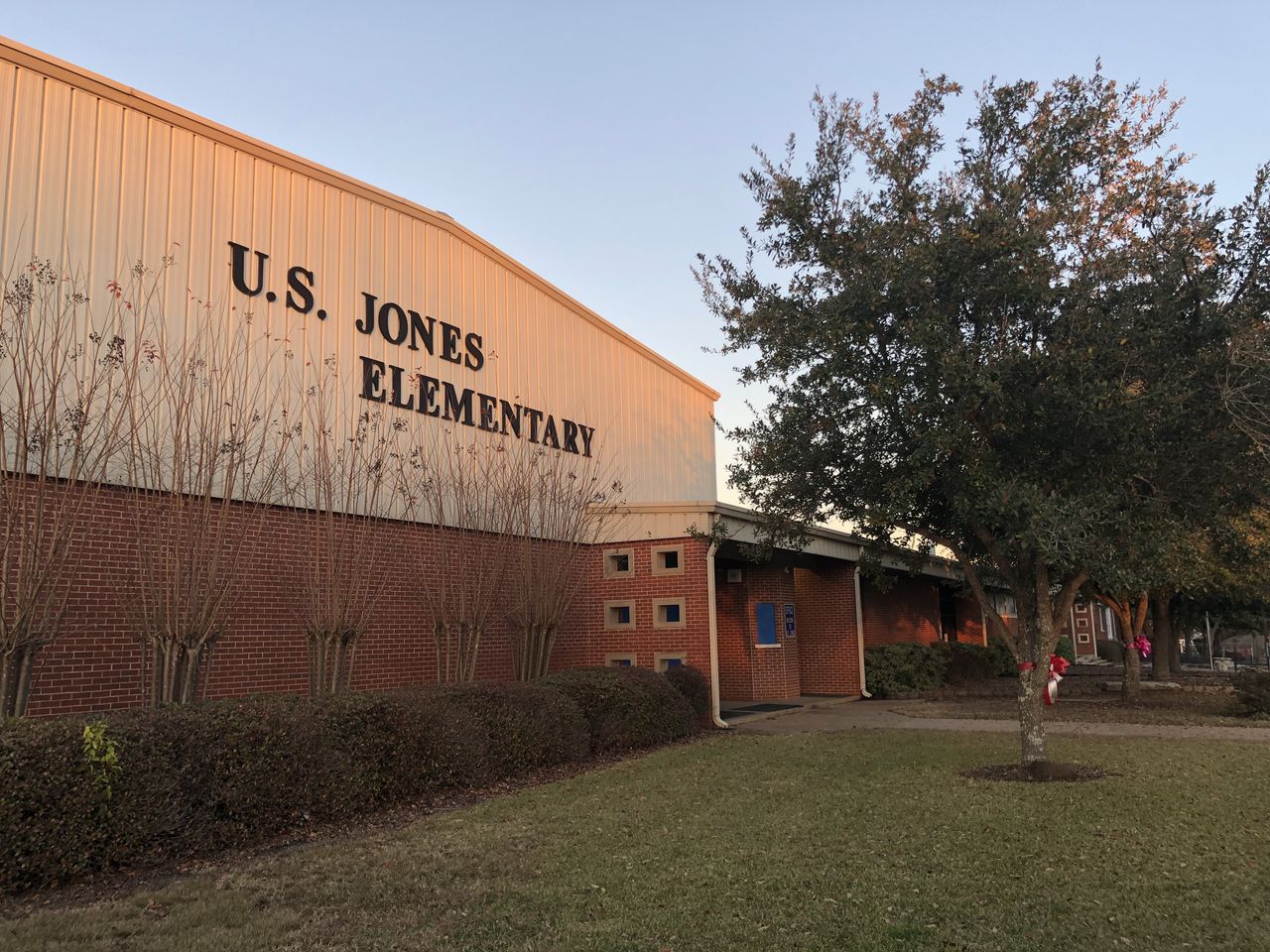Many Alabama schools see cuts in state funding for teacher roles
Nearly half of Alabama’s 140 public school districts will receive funding for fewer teachers than last year, according to documents prepared by the Alabama Department of Education. That could mean higher class sizes depending on how school officials handle the loss.
Changes are due to declining public school enrollment in those districts but also statewide.
State funding for the 2023-24 school year is based on last year’s student count of 726,267 K-12 students. Total teachers funded by the state for the coming school year are 41,856. In 2020-21, public schools enrolled 728,201 students and the state’s Foundation Program funded 42,105 teachers.
Those losses are hitting mostly the rural, majority-Black school districts where enrollment continues to fall off as it has for a decade. The loss for those districts is particularly remarkable given that lawmakers added 300 more teachers statewide in fourth, fifth and sixth grades in an effort to lower class sizes.
The chart below shows both the number of teachers funded through the Foundation Program – the purple bar – and the official count of students used each year – the blue line. Click here if you are unable to see the chart.
Perry County in central Alabama will lose the largest proportion of its state-funded teachers of all districts statewide, dropping by 13% from 59 to 51 teachers. In what appears to be a tradeoff, Breakthrough Charter School, which opened in Perry County in 2021, will gain 11 teachers.
Schools receive funding through three pots of money: Local, state and federal funding. Sometimes, declines in state funding can be offset by increasing local taxes, but poor and rural counties often struggle to find the revenue.
Proportionally, beyond Perry County, these districts are losing the highest percentage of state-funded teachers for the coming school year:
- Talladega City – 11% drop, from 99 to 87 teachers,
- Fairfield City – 8% drop, from 87 to 79 teachers,
- Sumter County – 7% drop, from 60 to 56 teachers, and
- Eufaula City – 7% drop, from 365 to 341 teachers.
Eufaula City is home to a large virtual school, which saw enrollment drop from 4,400 to 3,900 students, costing it 24 teachers.
Eufaula isn’t alone in losing virtual students. After three years of growing enrollment as families chose virtual over in-person learning due to COVID, virtual schools are now seeing declines.
The exception among virtual schools is Alabama Connections Academy in Limestone County, which saw enrollment rise from 6,800 to 7,100 students, meaning it will gain 19 state-funded teachers.
The map of Alabama school districts below shows the percentage change in Foundation Program teacher units from last year to the upcoming school year. Zoom in to see smaller geographical areas. Click here if you are unable to see the map.
Because Alabama funds teachers as opposed to students, some small schools get fewer teachers than they have grades, and often rely on federal funding to fully staff classrooms.
For example, Dauphin Island Elementary School in Mobile County will get funding for four teachers, but serves students in six different grade levels: Kindergarten through fifth grade. Last year, along with the four state-funded teachers, the district used federal funds to pay for three teachers and a small portion of local funding to help pay for one additional teacher.
The state’s Foundation Program, in place since 1995, uses a formula based on how many students are enrolled in each grade to determine how many teachers it will fund. The state then funds for not only the teacher’s salary, but for the entire “teacher unit,” which includes benefits and additional funding for materials, training, and technology.
The Department of Finance estimated it cost $104,000 to fund a single teacher unit during the 2022-23 school year. About $20,000 of that funding goes to the district to cover school-related expenses.
So when a district loses funding for a teacher unit, it also loses $20,000 helps pay for other school-related expenses.
Lawmakers batted around changing the way Alabama funds schools, but dropped the idea after the session started. A 2015 study conducted by national school finance experts hired by the department of education recommended Alabama base funding on students rather than by a count of teachers but no action was taken at that time.
One outlier that deserves mention is Orange Beach City Schools. The 1,200-student district opened in 2022 but because of the wealthy tax base, it received no Foundation Program funding last year and will receive no Foundation Program funding again this year.
The news isn’t all bad, though, as the majority of Alabama’s school districts will receive more state-funded teachers, even a few that enrolled fewer students in 2022-23, because of the increase in the number of teachers for fourth through sixth grades.
The districts earning the highest proportion of new state-funded teacher units are:
- Selma City Schools – up 9% from 133 to 145 teachers,
- Jasper City Schools – up 7%, from 145 to 155 teachers,
- Elba City Schools – up 7%, from 35 to 38 teachers,
- Opp City Schools – up 5%, from 70 to 74 teachers,
- Gulf Shores City Schools – up 5%, from 130 to 136 teachers.
All but one of Alabama’s 12 charter schools will get more teachers due to increasing enrollment. Covenant Academy of Mobile, a new charter school scheduled to open in August, will receive 17 state-funded teachers.
Empower Community School in Bessemer, a public charter school that opened in 2022, will lose state funding for a third of its teachers, dropping from 25 to 17 teachers this year.
The table below shows the number of teachers the state funded for each school district and charter school through the Foundation Program. Click here if you are unable to see the table.
